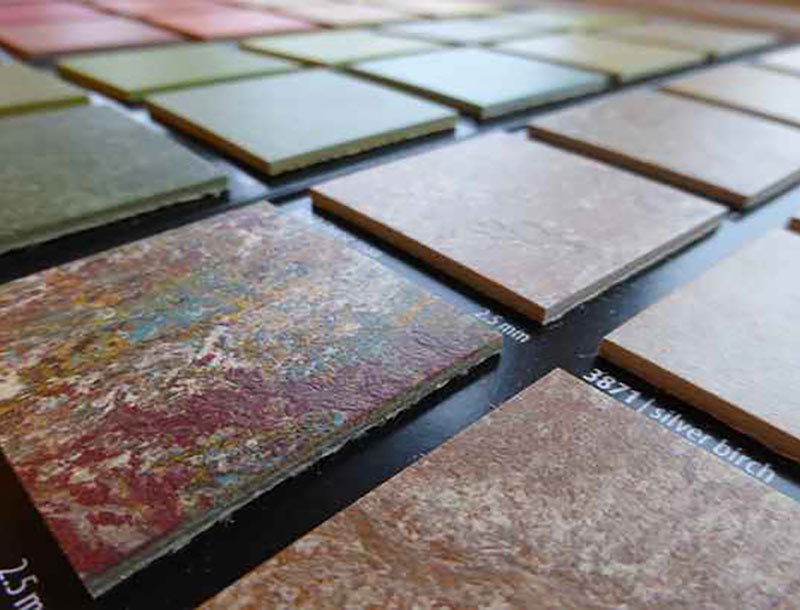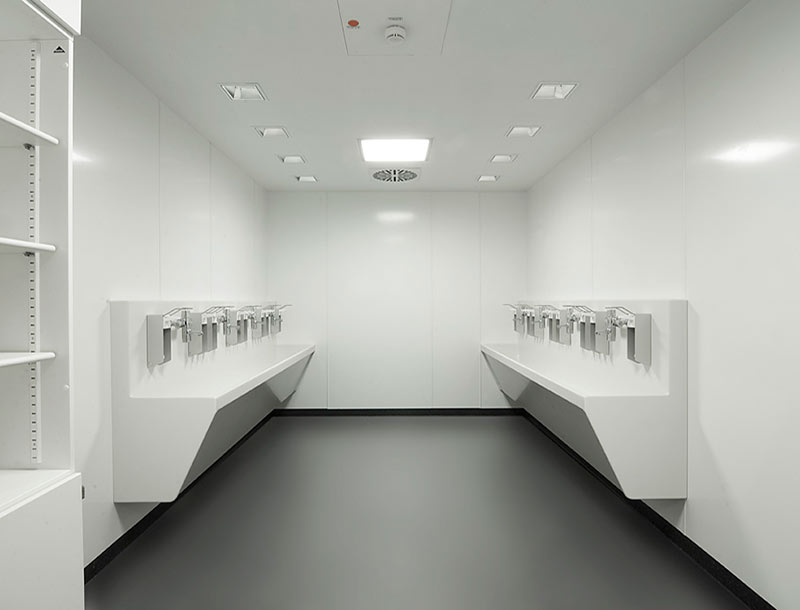Sports and dance flooring
Sports and dance flooring require specific characteristics to ensure safety, performance, and comfort for athletes and dancers. Here are some popular flooring options for sports and dance environments:
- Hardwood Flooring: Hardwood is the most common choice for dance studios and certain sports like basketball and volleyball. Maple hardwood flooring provides a smooth surface that offers excellent shock absorption, energy return, and slip resistance. The floor should have the right amount of bounce and resilience to minimize the risk of injuries and enhance performance.
- Vinyl Flooring: Vinyl flooring is widely used in multipurpose sports facilities, gymnasiums, and dance studios. It offers durability, easy maintenance, and shock absorption. Vinyl floors designed specifically for sports and dance often have cushioned or resilient underlayers to provide impact protection and reduce strain on joints.
- Laminate Flooring: Laminate flooring is an affordable alternative to hardwood that can be used in dance studios and sports facilities. It provides a smooth and stable surface that is easy to clean and maintain. Laminate floors designed for dance often have a thin layer of foam or underlayment for added comfort and shock absorption.
- Rubber Flooring: Rubber flooring is commonly used in sports and fitness facilities, such as weight rooms and aerobics studios. It provides excellent shock absorption, slip resistance, and durability. Rubber floors can be customized with different thicknesses and textures to suit various sports and dance activities.
- Polyurethane (PU) Flooring: PU flooring is a seamless and highly durable option suitable for indoor sports facilities, including basketball courts, volleyball courts, and multipurpose arenas. It offers excellent impact resistance, shock absorption, and traction. PU floors can be customized with different colors and line markings for specific sports.
- Sprung Floors: Sprung floors consist of a combination of materials, such as foam, plywood, and resilient rubber pads, to provide shock absorption and cushioning. They are commonly used in dance studios, gymnastics facilities, and theaters to reduce the risk of injuries from repetitive impact. Sprung floors offer optimal support and energy return for dancers and performers.
- Carpeted Floors: Carpeted floors can be suitable for certain dance styles, such as ballet or contemporary dance, where a softer surface is desired. The carpet provides traction and shock absorption while allowing dancers to pivot and turn smoothly. Commercial-grade carpet with low pile and high-density fibers is recommended for dance studios.
When selecting sports and dance flooring, factors such as shock absorption, slip resistance, durability, maintenance requirements, and the specific needs of the activity or sport should be considered. If you need assistance or help, get in touch today with one of our experts.







